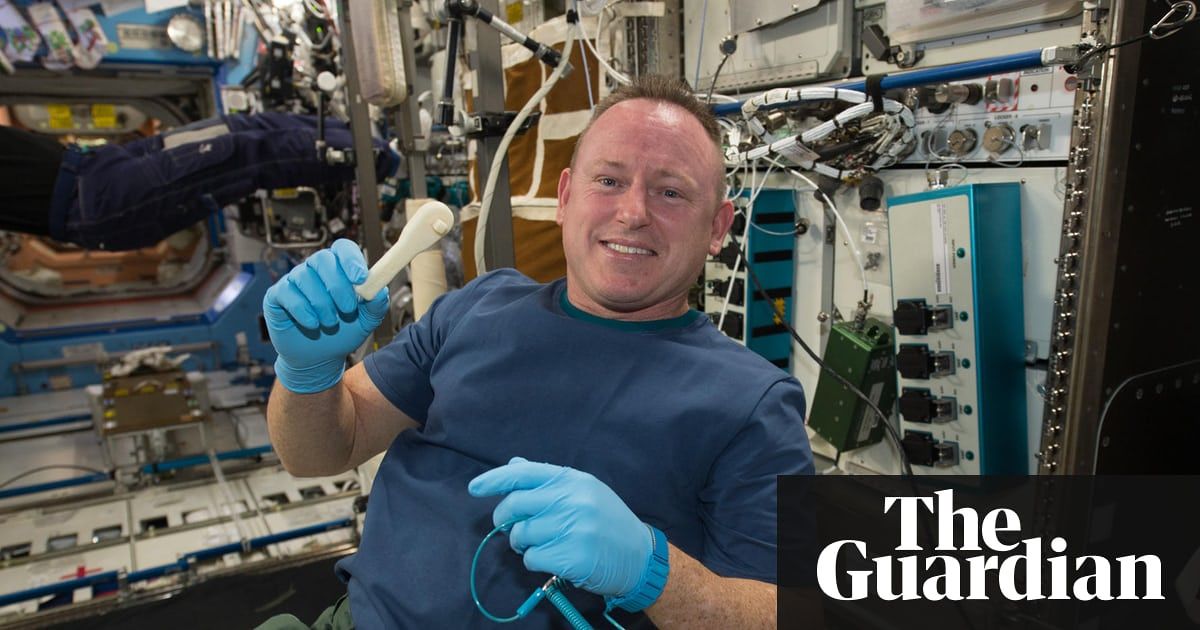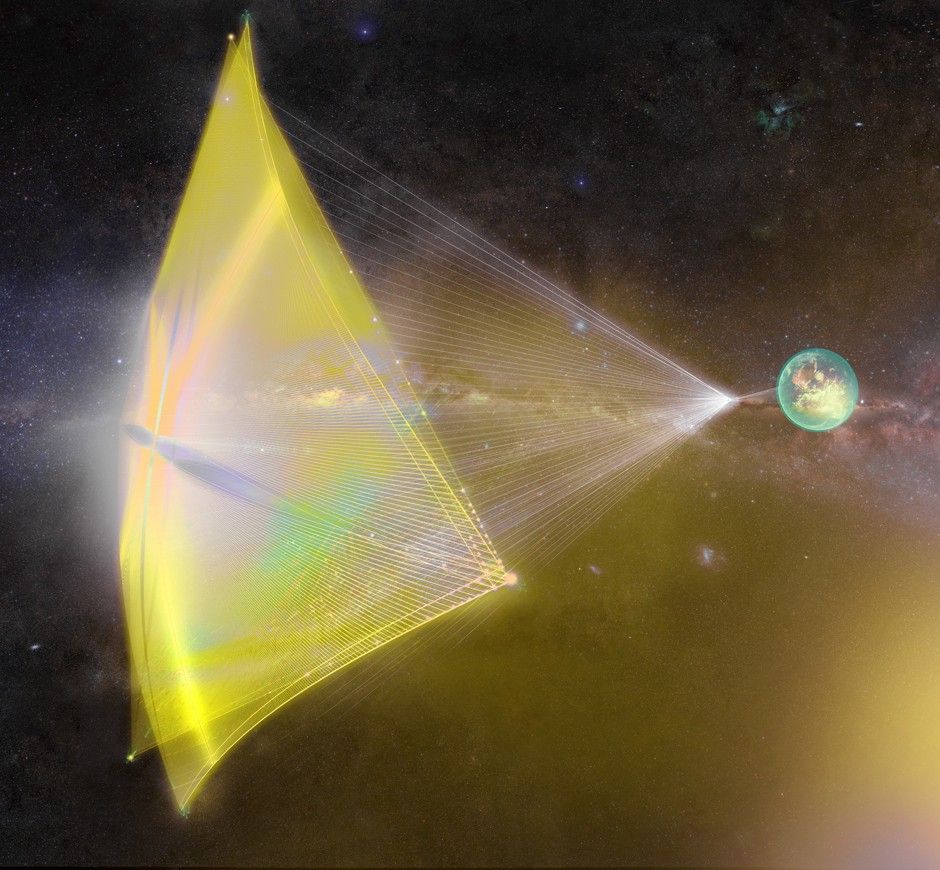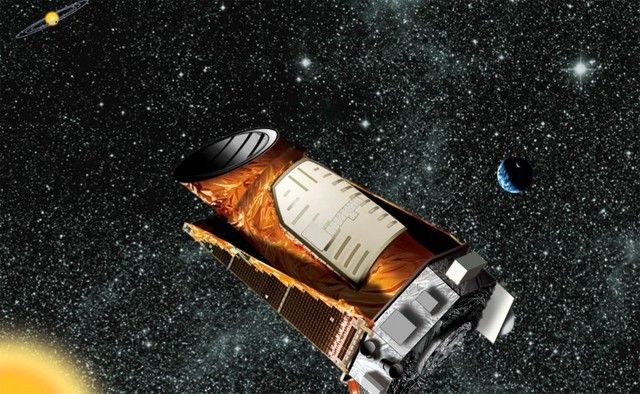@media screen and (min-width: 976px) {
.main-article.big_article_header{font-size:45px!important;}
.main-article.big_article_summary{font-size:25px;}
AI can have Positive Impact on Banks’ Business.

@media screen and (min-width: 976px) {
.main-article.big_article_header{font-size:45px!important;}
.main-article.big_article_summary{font-size:25px;}
AI can have Positive Impact on Banks’ Business.
The Big Bang origin of the universe may sound incredible, but there’s solid evidence backing up the bold claim.

Meet the startup hoping to colonise the final frontier, one zero-gravity 3D printer at a time.

In case you weren’t already terrified of robots that can jump over walls, fly or crawl, Army researchers are developing your next nightmare — a robot squid.


There is an enduring fear in the music industry that artificial intelligence will replace the artists we love, and end creativity as we know it.
As ridiculous as this claim may be, it’s grounded in concrete evidence. Last December, an AI-composed song populated several New Music Friday playlists on Spotify, with full support from Spotify execs. An entire startup ecosystem is emerging around services that give artists automated songwriting recommendations, or enable the average internet user to generate customized instrumental tracks at the click of a button.
But AI’s long-term impact on music creation isn’t so cut and dried. In fact, if we as an industry are already thinking so reductively and pessimistically about AI from the beginning, we’re sealing our own fates as slaves to the algorithm. Instead, if we take the long view on how technological innovation has made it progressively easier for artists to realize their creative visions, we can see AI’s genuine potential as a powerful tool and partner, rather than as a threat.


A UK man who caught what was dubbed the world’s “worst-ever” case of super-gonorrhoea has been cured, Public Health England (PHE) said — but two similar cases have been reported in Australia.
The unidentified heterosexual man, who had a partner in the UK, picked up the infection having sex with another woman in South-East Asia, PHE said.
Health officials said it was the first time the infection could not be cured with the regular treatment — a combination of antibiotics azithromycin and ceftriaxone.

